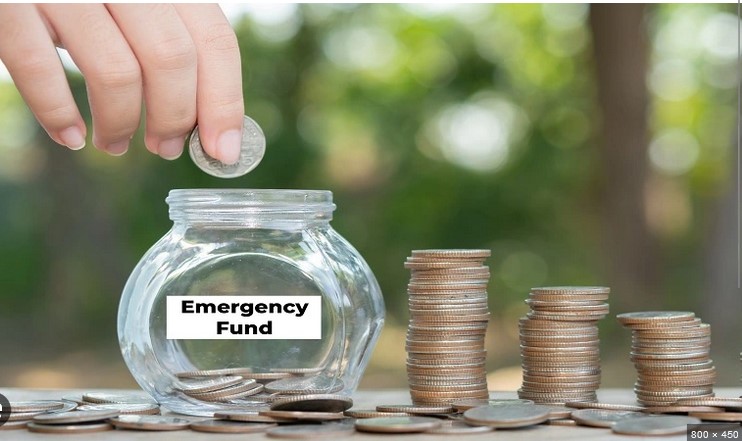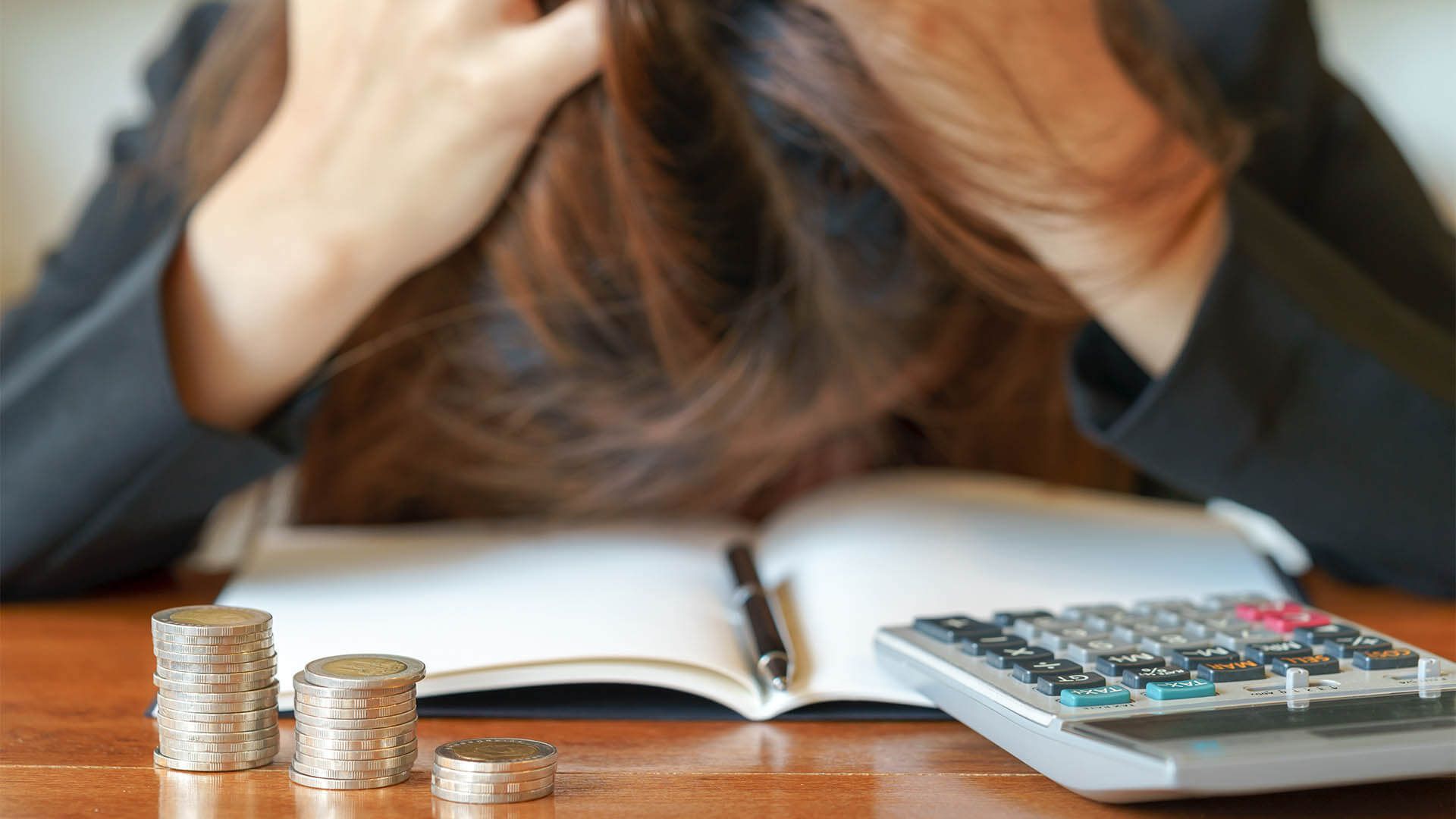Building an emergency fund is one of the most important financial steps you can take. This fund acts as a safety net, protecting you from unexpected expenses like medical bills, car repairs, or job loss. If you don’t have one yet, now is the time to start. The process may seem daunting, but with the right strategies, you can build a solid emergency fund that will provide peace of mind.

Determine Your Emergency Fund Goal
The first step in building an emergency fund is determining how much you need. A good rule of thumb is to save three to six months’ worth of living expenses. If your job or income is unstable, consider aiming for six months or more. Look at your monthly expenses—housing, groceries, utilities, transportation, and any other necessary costs—and multiply that by the number of months you want to cover. Having a clear goal will help you stay focused as you save.
Set Up a Separate Account
Once you know how much you need, set up a separate account for your emergency fund. A high-yield savings account works best because it keeps your money accessible while earning interest. Avoid putting your emergency fund in a regular checking account where you may be tempted to dip into it for non-emergencies.
By having a separate account, you’ll also clearly see your progress, which can motivate you to keep saving. Automation can help, too—set up automatic transfers from your checking account into your emergency fund each month.
Start Small but Stay Consistent
Building an emergency fund doesn’t happen overnight. Start small if you need to, but the key is consistency. Even setting aside $20 or $50 each week adds up over time. As your income grows, you can increase the amount you contribute. Prioritize your emergency fund in your budget and make it a non-negotiable part of your financial plan.
Every time you receive extra income—such as a tax refund, work bonus, or cash gift—put a portion directly into your emergency fund. These windfalls can help you reach your goal faster without disrupting your monthly cash flow.
Cut Unnecessary Expenses
To build your emergency fund faster, look for ways to cut unnecessary expenses. Review your monthly budget and identify areas where you can scale back. Whether it’s cutting down on dining out, canceling unused subscriptions, or postponing large purchases, redirect that money into your emergency fund.
Even small changes in your spending habits can free up extra cash. By making your emergency fund a priority, you’ll be more mindful of where your money goes.
Avoid Using Credit Cards for Emergencies
Relying on credit cards for emergencies can put you in a cycle of debt. Instead of using a credit card, focus on building an emergency fund that you can tap into when unexpected expenses arise. By having cash on hand, you’ll avoid interest charges and additional financial stress.
If an emergency does occur and you need to use your fund, make it a goal to replenish the account as soon as possible. The quicker you rebuild your fund, the more protected you’ll be from future financial surprises.
Reevaluate Your Fund Regularly
Life changes, so your emergency fund should too. Reevaluate your financial situation every six months or when significant life events happen, like a job change, marriage, or having a child. If your expenses increase, adjust your emergency fund goal to ensure it still covers several months of living costs.
Keeping your emergency fund up-to-date ensures it will always be sufficient to protect you from financial setbacks. Don’t stop saving once you’ve hit your initial target—continue contributing when possible to strengthen your financial safety net.
Use It Only for True Emergencies
An emergency fund is for genuine emergencies, not everyday expenses or spontaneous purchases. It’s important to use the fund only when absolutely necessary—unexpected medical bills, home repairs, or job loss. For non-emergencies, rely on your regular budget.
When you do need to use your emergency fund, treat it as a temporary withdrawal. Make it a priority to rebuild the fund as quickly as possible to restore your financial cushion.
Conclusion
Building an emergency fund is a crucial part of any financial plan. By setting clear goals, cutting unnecessary expenses, and contributing consistently, you can establish a fund that protects you from financial setbacks. Remember to keep your fund in a separate account and only use it for true emergencies. With time and discipline, your emergency fund will grow, giving you peace of mind and security in the face of life’s unexpected challenges.




